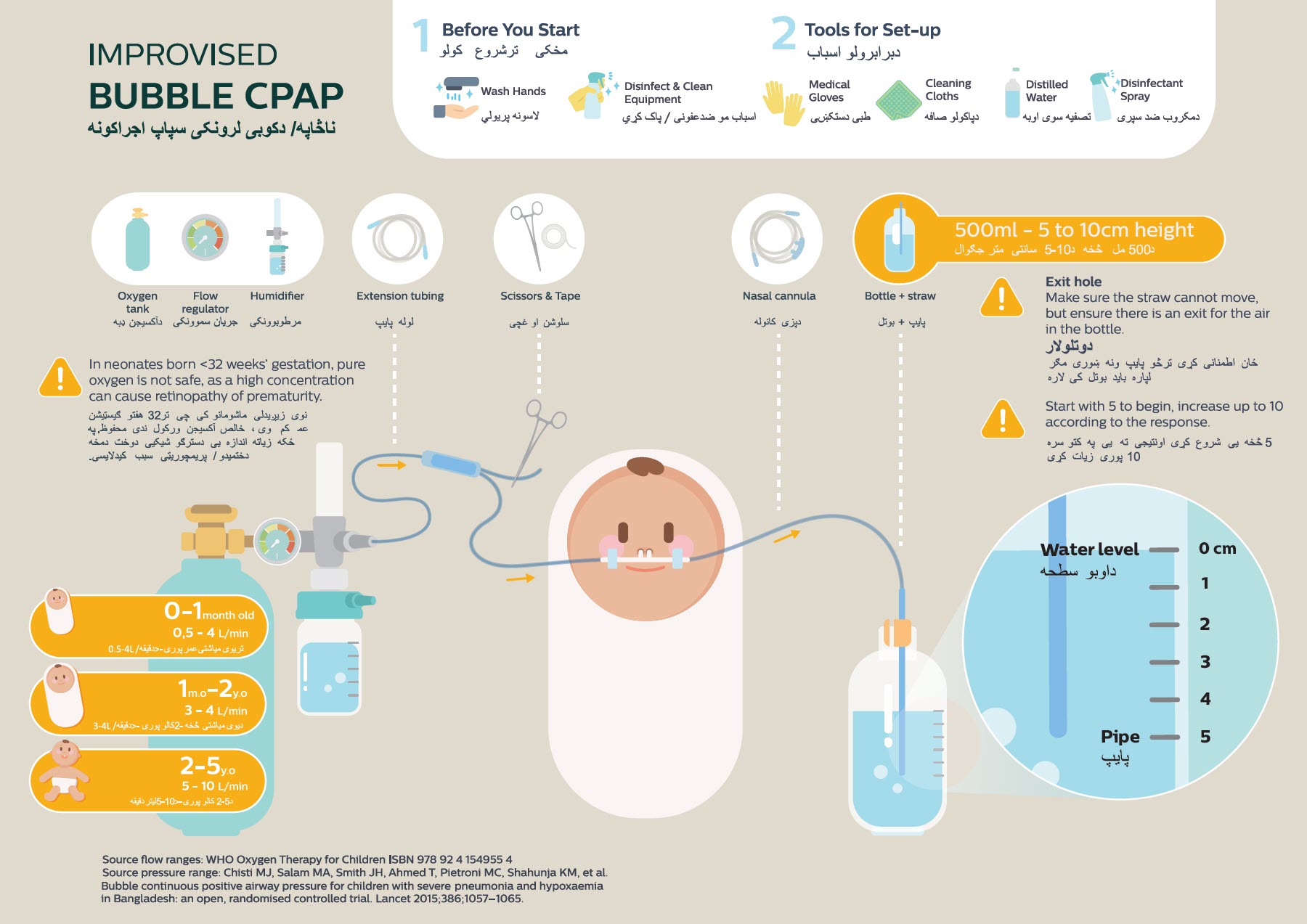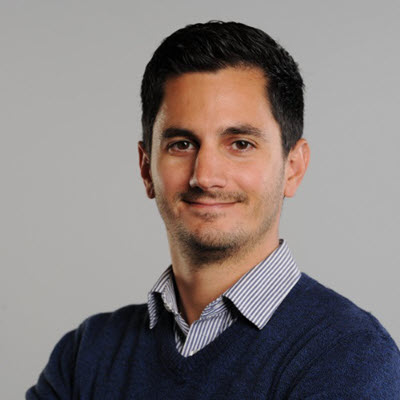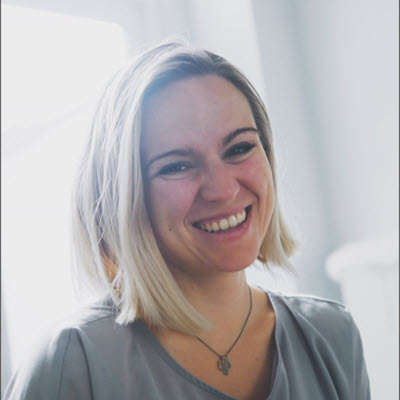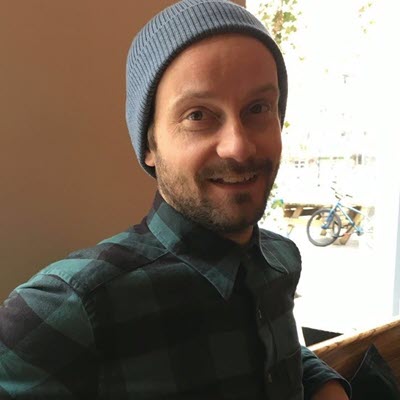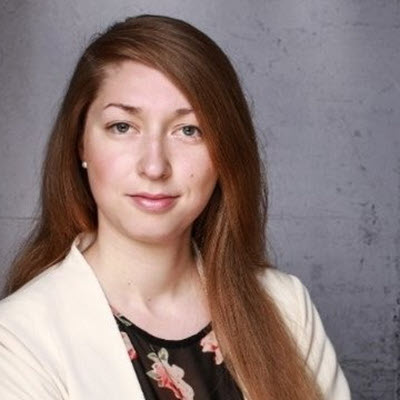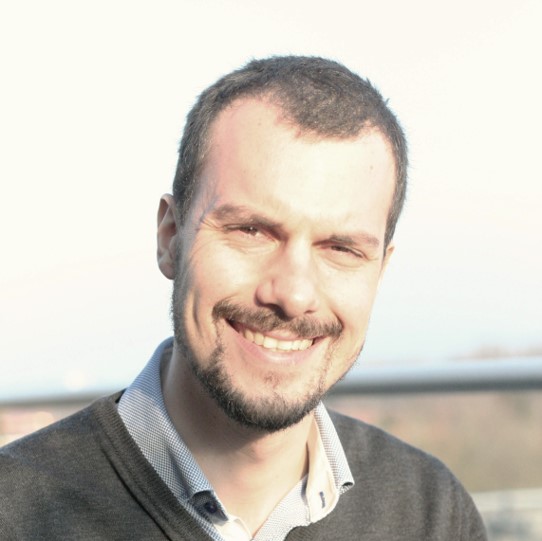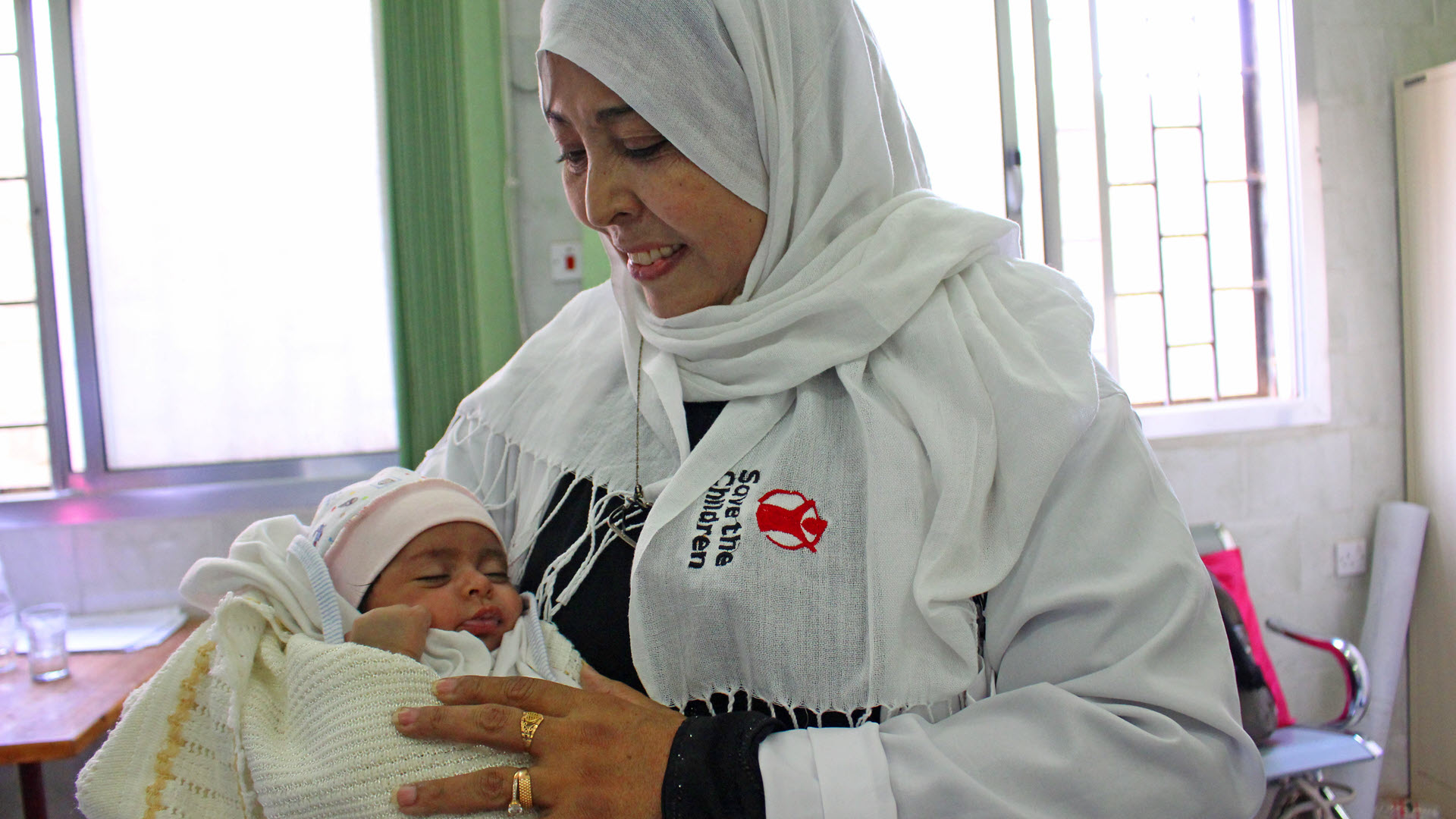In the southern provinces of Afghanistan, pneumonia affects many children, making it difficult for them to breathe. If not treated, it can be fatal for children under the age of five. Critical cases heavily rely on airway support to keep their lungs open and help them rest and recover from the illness.
To address the need for access to adequate care in Afghanistan, Philips employees worked together with the International Committee of the Red Cross (ICRC) to redesign a solution for airway support specifically for children. We interviewed Pascal de Graaf, Senior Scientist at Philips Research, one of the volunteers offering his skills and expertise to work on a solution suitable for Mirwais Hospital, a hospital that often lacks appropriate facilities and resources.”
Pascal, how did you come into contact with the Philips Foundation?
“In early 2019, the Philips Foundation, on request of the ICRC, launched a challenge to design a respiratory solution for younger children. I had been working for over ten years on respiratory projects within Philips; it is just so close to home for me and my expertise. After the kick-off meeting, all the volunteers were divided into teams, tasks were assigned, and clear action plans were identified. For some time, every week, we would come together and discuss our progress.”
Which challenges did you face?
“Well, to be honest, it’s not always been easy. After some time, we discovered that the challenge given did not entirely address the hospital’s problem. When we found that redesigning existing technology would not fit with the local hospital environment, equipped with less advanced resources, it was a wake-up call. As technicians, we too often jump straight into solutions without properly considering the local context or end-user, which is key to the success of our work. Looking back, we should have spent more time understanding and analyzing the problem.”


